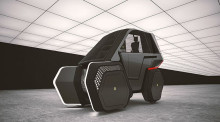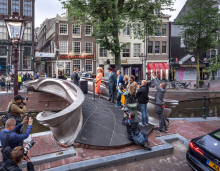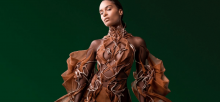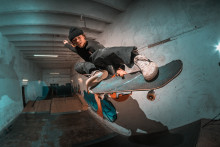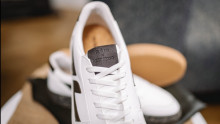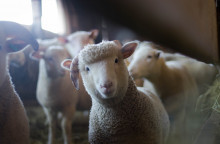This Futuristic 3D-Printed Thingy Is the nFrontier UILA, a Car and e-Bike Hybrid
Who says we have to choose between driving to work or riding a bike? The idea of an electric vehicle that would bridge the gap between the two is not new; in fact, it goes farther back than the rise of electric vehicles to prominence. Whether called a carcycle, a car-bike, or car-ebike, this vehicle is best described as the illegitimate child between a small passenger car and an electric bicycle.
